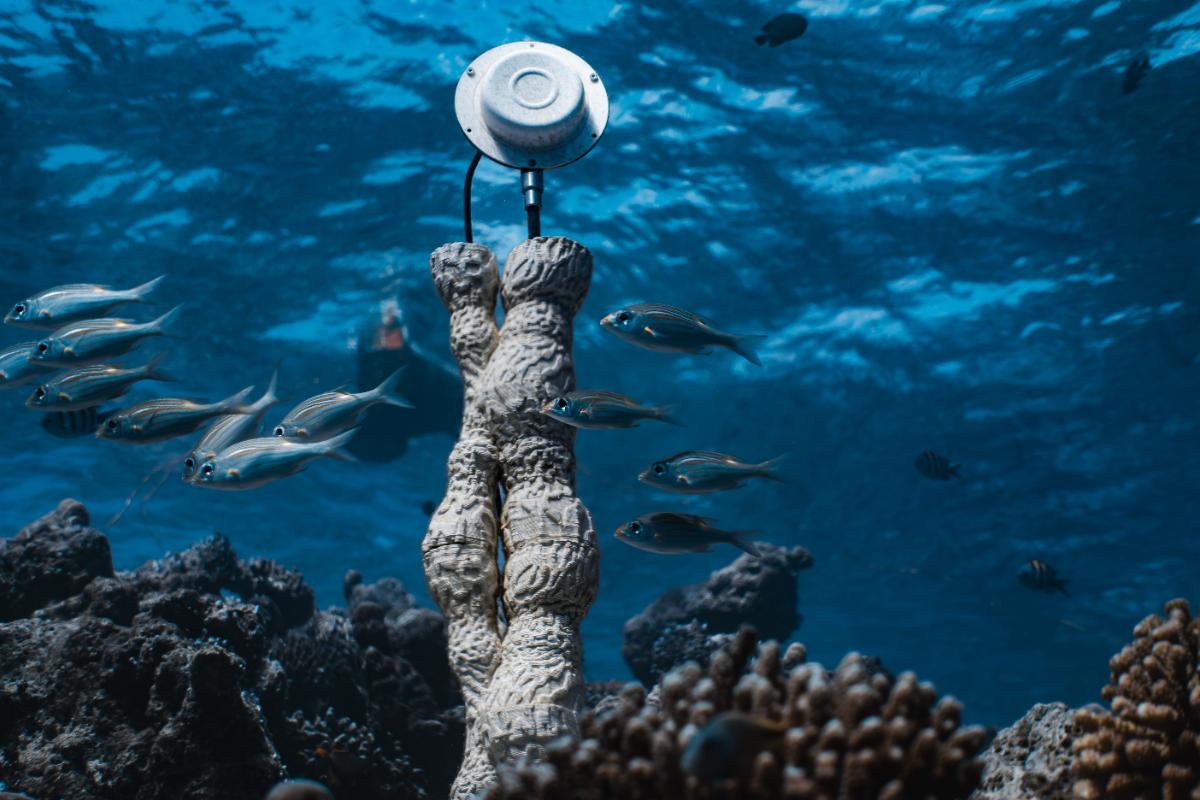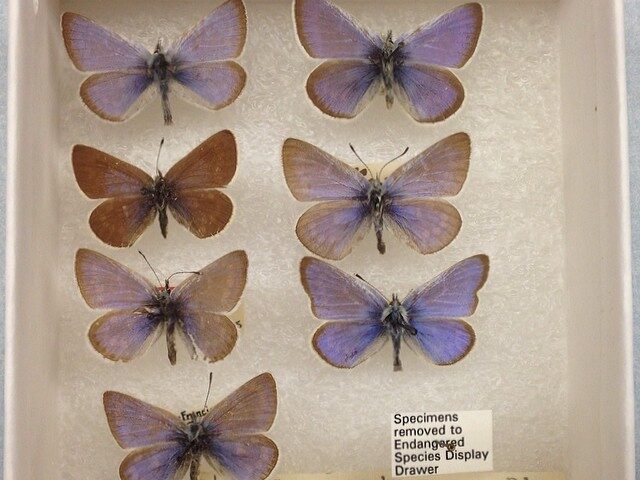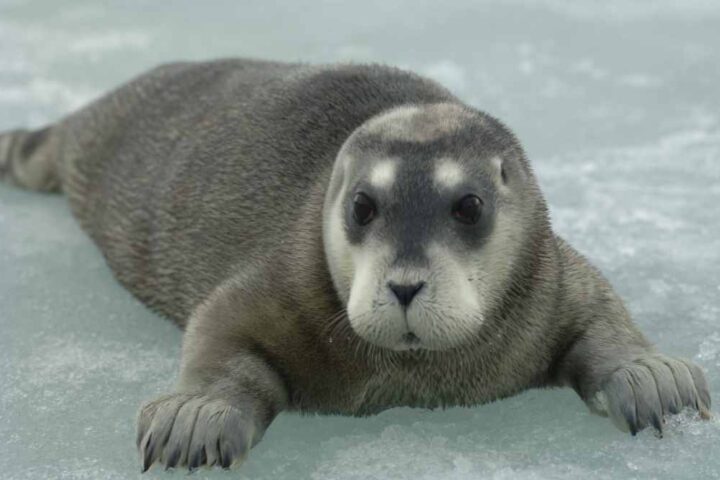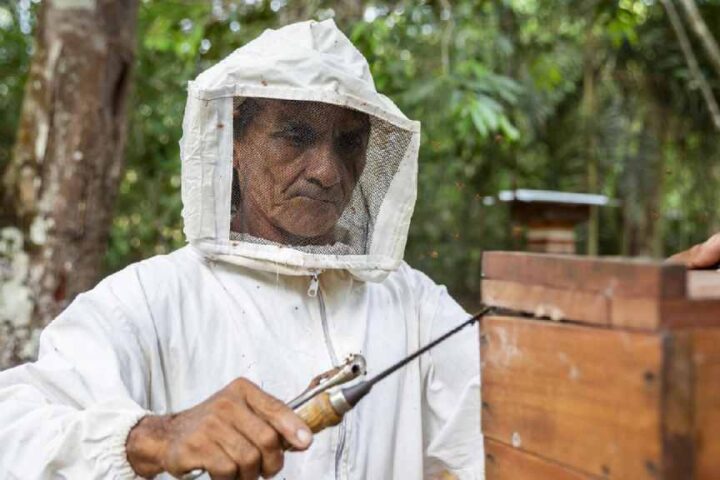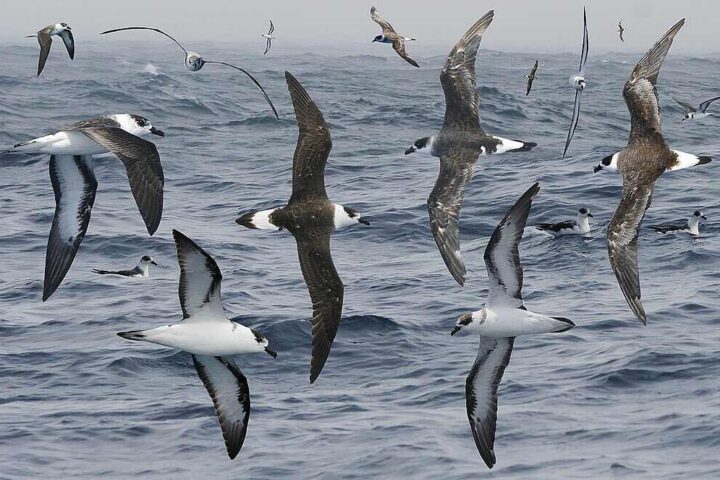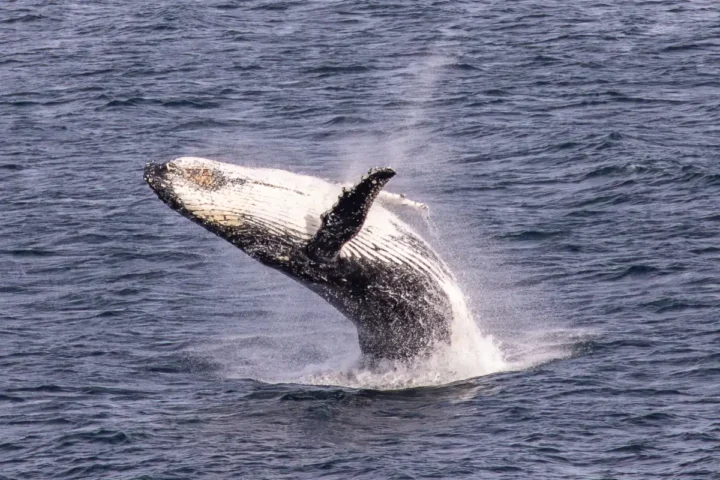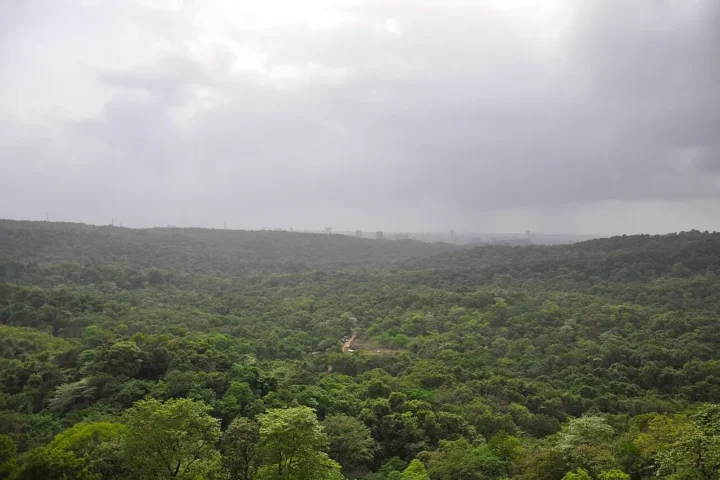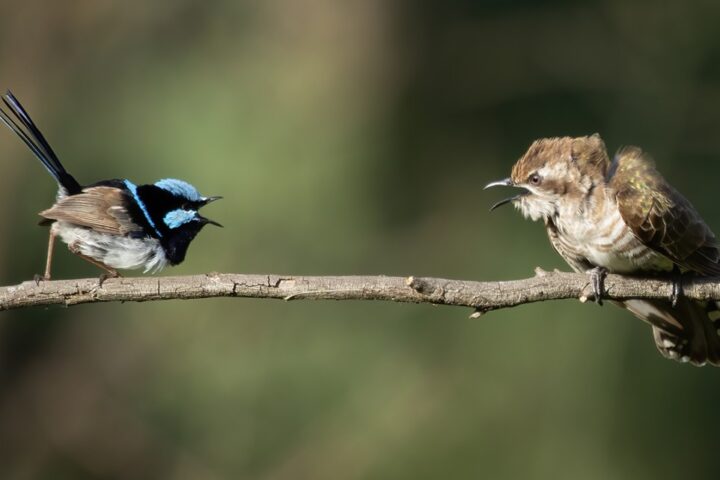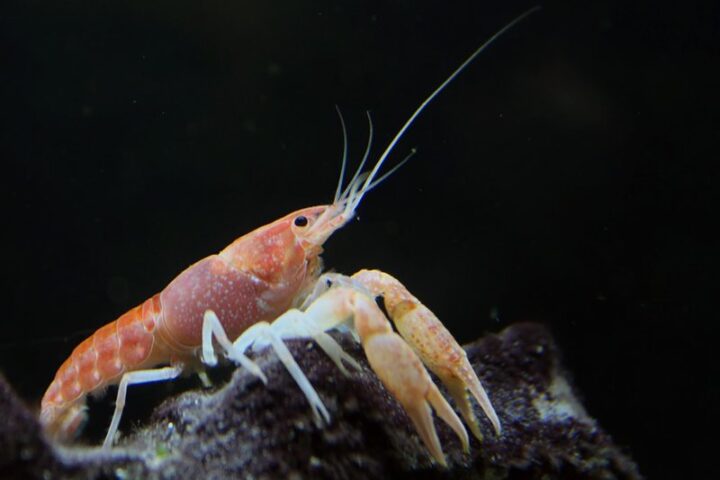Scientists and artists are joining forces to restore damaged coral reefs using an unexpected tool: sound. The Coral Sonic Resilience project combines 3D-printed underwater sculptures with solar-powered audio systems to attract marine life back to degraded reef areas, showing coral settlement rates increase by up to seven times.
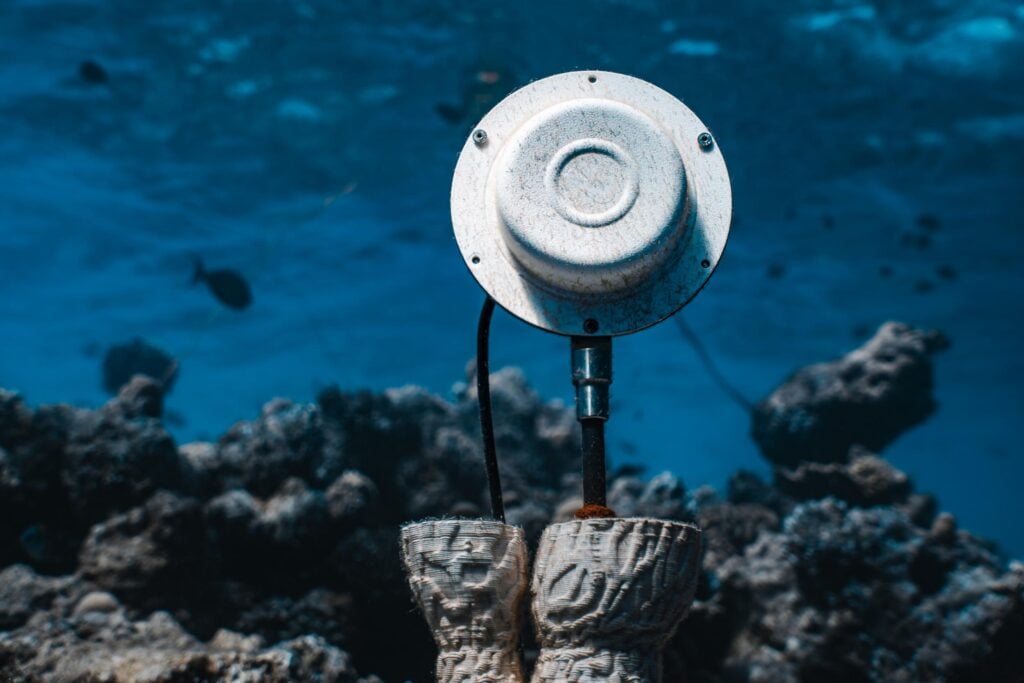
Deep beneath the waves around Feridhoo Island in the Maldives, eight ceramic sculptures rest on the ocean floor. These aren’t typical art installations—they’re acoustic life rafts for dying coral reefs. Four of the sculptures emit a continuous loop of healthy reef sounds through underwater speakers, while four remain silent as scientific controls. The project represents a new frontier where environmental art meets marine conservation science.
The Silent Crisis Beneath the Waves
Coral reefs face an ecological emergency. Global coverage of living coral has declined by half since the 1950s, with coral-reef-associated biodiversity dropping by 63 percent. Climate scientists project coral reefs will decline by 70-90% if global temperatures warm by 1.5°C above pre-industrial values, jumping to 99% decline at 2°C of warming. This isn’t just about marine life—current global bleaching events affect ecosystems that support the livelihoods of millions of people worldwide.
The crisis stems from multiple stressors. Increased ocean temperatures and changing ocean chemistry are the greatest global threats to coral reef ecosystems. When water gets too warm, corals expel the colorful algae that provide them food, leaving behind bleached white skeletons. Higher sea surface temperatures are directly correlated with widespread coral bleaching, with mass bleaching covering hundreds of kilometers driven by prolonged warm ocean temperatures.
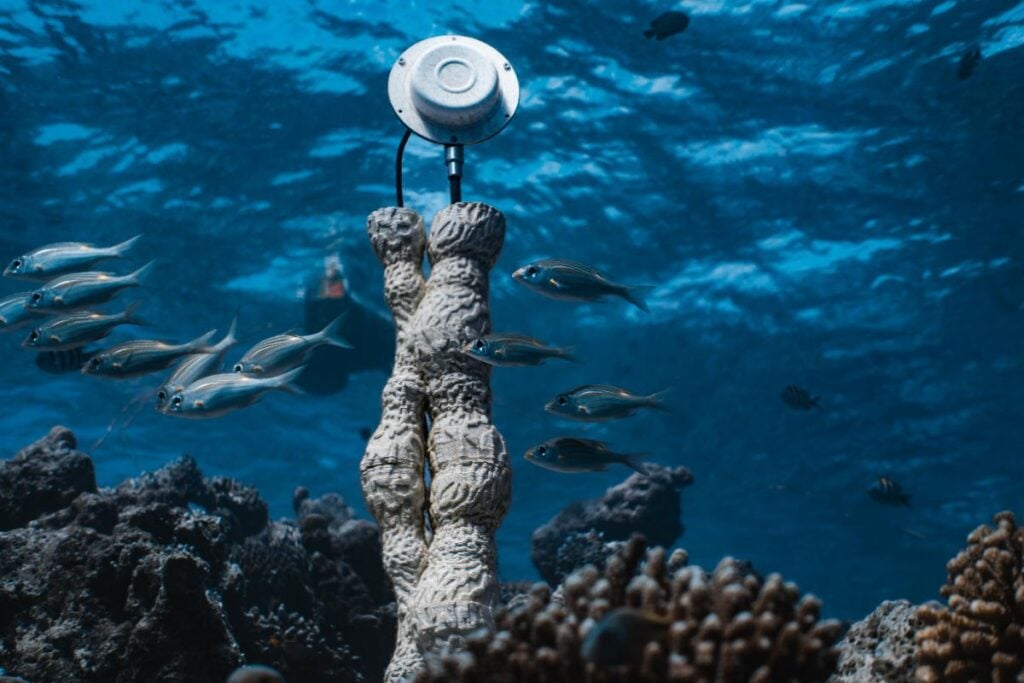
When Reefs Go Silent
A healthy coral reef sounds like an underwater city. Snapping shrimp create crackling sounds like bacon sizzling in a pan. Fish grunt, purr, and chirp as they communicate, feed, and defend territory. This acoustic richness serves as a natural GPS system for marine larvae searching for suitable homes.
Larval coral uses these sounds as cues to identify the best places to settle and grow. But when reefs die, they fall silent. The crackling, chirping soundscape that once attracted new life disappears, leaving behind acoustic deserts that repel rather than recruit marine species.
Research has shown this acoustic connection runs deep. Degraded reefs smell and sound less attractive to settlement-stage fishes than their healthy states. Studies in Australia’s Great Barrier Reef found that acoustic enrichment enhances fish community development across all major trophic guilds, with a doubling in overall abundance and 50% greater species richness.
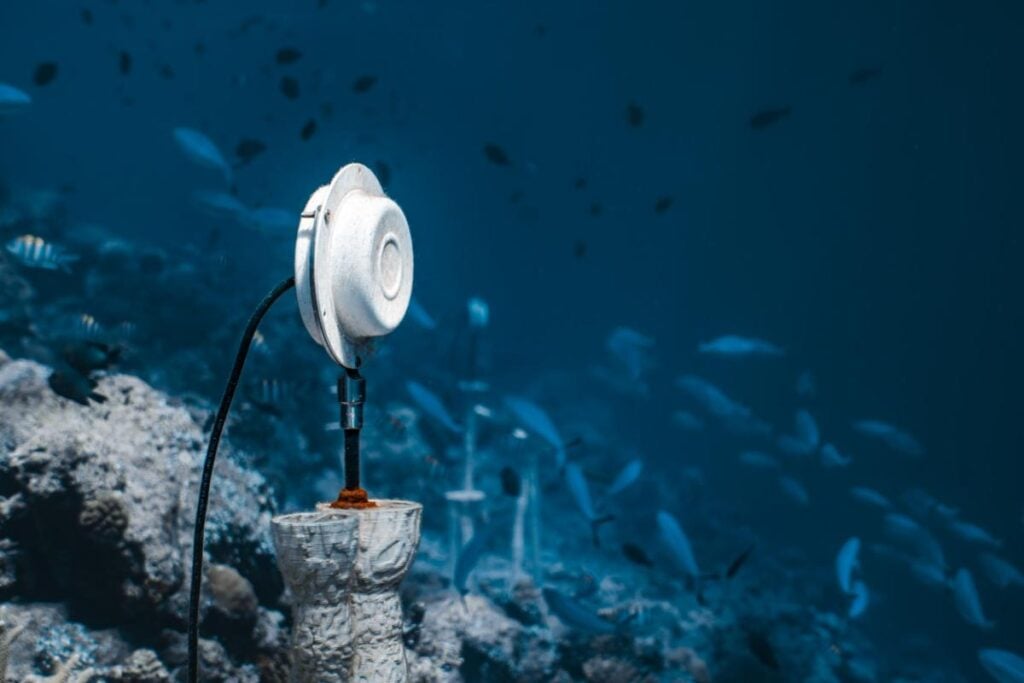
The Art-Science Collaboration
Marco Barotti, a multimedia artist from Berlin, first learned about acoustic restoration research while studying the environmental impact of his previous sound installations. “Timothy Lamont from Lancaster University, applied a technique called Acoustic Enrichment to aid coral reef restoration. His research became the inspiration for my next artwork: Coral Sonic Resilience”, Barotti explained.
Dr. Timothy Lamont, a marine biologist at Lancaster University, has spent years researching how sound influences marine ecosystems. His work builds on groundbreaking research showing that acoustic enrichment can enhance fish community development on degraded coral reef habitat. The collaboration between artist and scientist represents a new model for environmental conservation—one where creative vision meets rigorous scientific method.
The Science Behind Sound Therapy: Coral larvae and juvenile fish use acoustic cues to navigate ocean currents and find suitable reef habitats. Healthy reefs produce complex soundscapes from snapping shrimp, feeding fish, and other marine organisms. These biological sounds travel well underwater and serve as recruitment signals for new marine life.
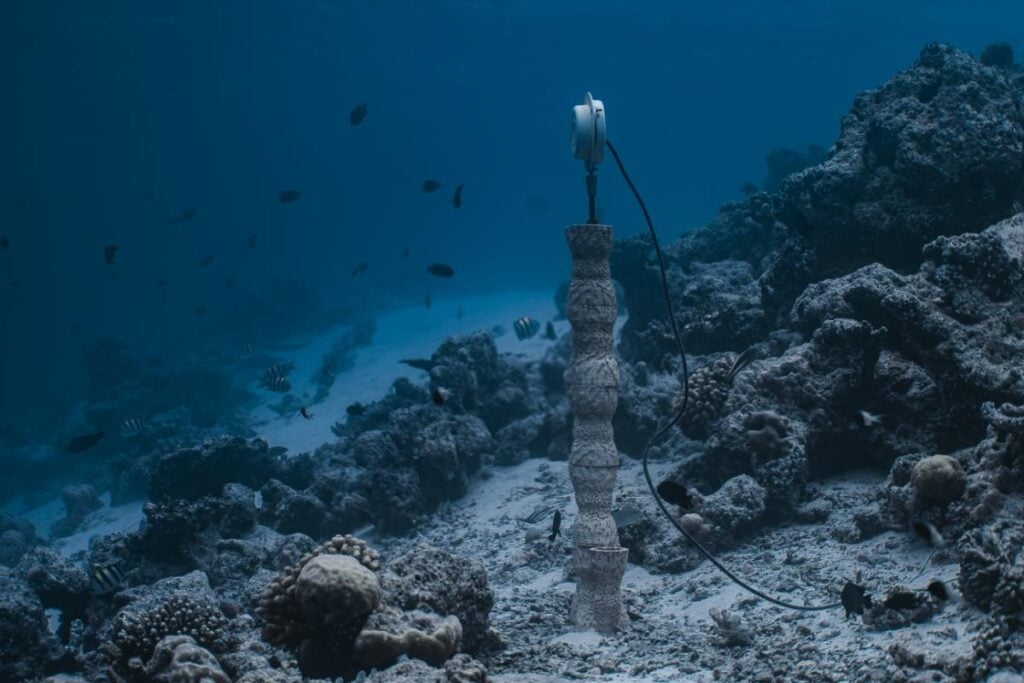
Designing Life-Supporting Sculptures
The underwater sculptures aren’t just functional—they’re designed with biological precision. They are 3D-printed using ceramics and calcium carbonate—materials that are reef-compatible and reflect the natural composition of corals. The shapes mirror brain coral morphology, with ridged textures that maximize surface area for larval settlement.
Each sculpture connects via underwater cable to a floating solar buoy that powers the sound system. The buoy design required careful engineering to withstand ocean conditions while remaining environmentally sustainable. “The equipment couldn’t withstand the force of a storm, so we always have to keep an eye on the weather. That’s why having someone permanently on-site is essential“, Barotti noted.
The project team recorded authentic reef sounds over 48-96 hours using hydrophones placed directly on healthy reefs around Feridhoo Island. These recordings were cleaned of boat noise and other human-generated sounds, then looped into continuous 24-hour soundscapes that mirror natural acoustic patterns.
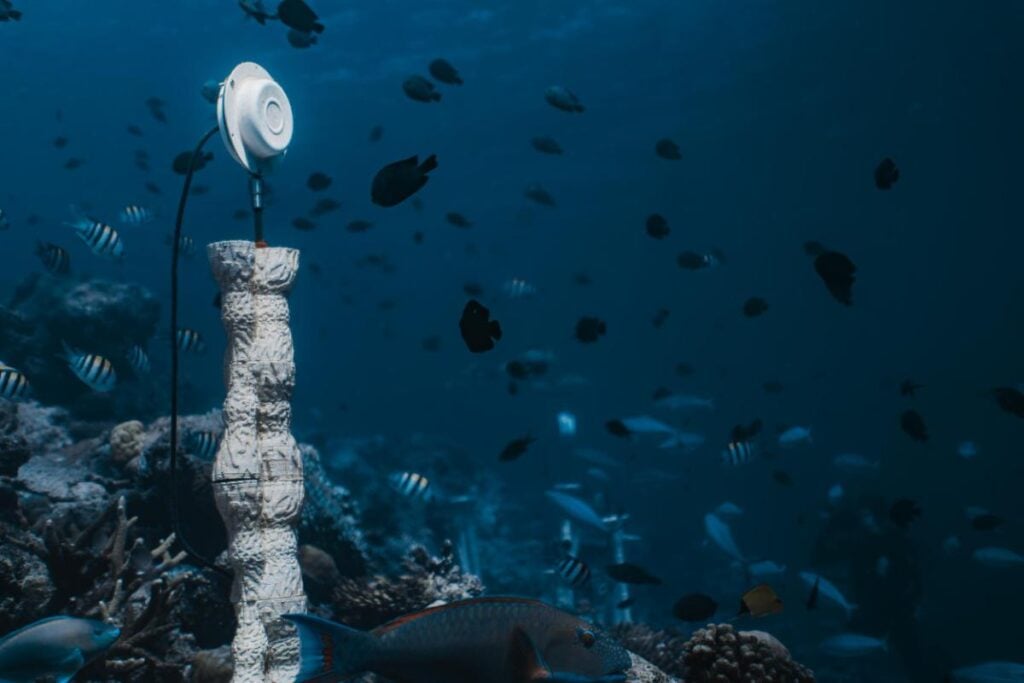
Proven Results from Laboratory to Ocean
The scientific foundation for acoustic enrichment comes from rigorous research. Woods Hole Oceanographic Institution recently published results showing dramatic improvements in coral settlement with sound therapy. Coral larvae settled at rates 1.7 times (and up to 7x) higher with enriched sound environments compared to silent control areas.
The effect extends beyond just coral larvae. Fish gathering by the speakers create a positive feedback cycle—if animals are attracted to an area and survive there, they start producing sounds that attract more animals back, explained research scientist Nadège Aoki from Woods Hole.
Previous field experiments have shown impressive results. Restoration projects using acoustic methods demonstrated return of diverse animal communities, with researchers recording “whoops, croaks, growls, raspberries and foghorns” that indicate ecosystem recovery.
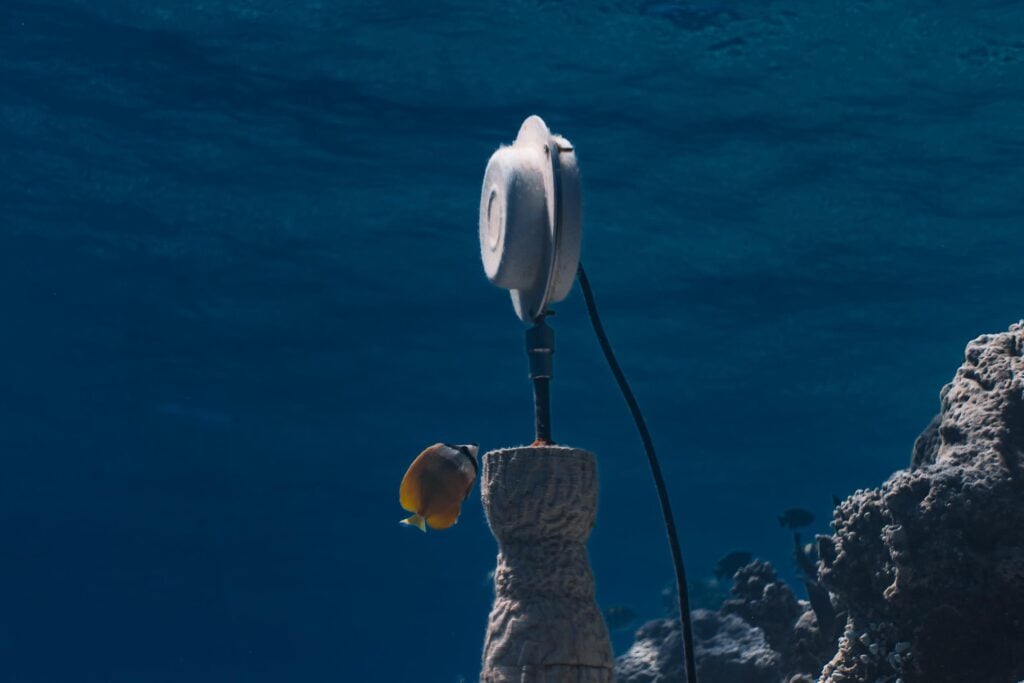
Community-Centered Conservation
The Feridhoo Island project prioritizes local involvement. The initiative involves cooperation with Relaxound, the Coral Restoration Project Feridhoo, The University of Padova and the Feridhoo Island Council. Local dive teams receive training in monitoring protocols, fostering community stewardship of marine resources.
Monitoring happens through direct observation rather than remote cameras. Scientists and researchers conduct three dives per week, counting juvenile fish and documenting coral recruits in detailed surveys. This hands-on approach provides precise data while building local scientific capacity.
The project addresses broader questions about marine restoration effectiveness. Hundreds of organizations worldwide invest billions of dollars in coral reef restoration, but nobody really knows how well it’s working, noted Dr. Lamont. The acoustic enrichment method offers a measurable, scalable approach to restoration.
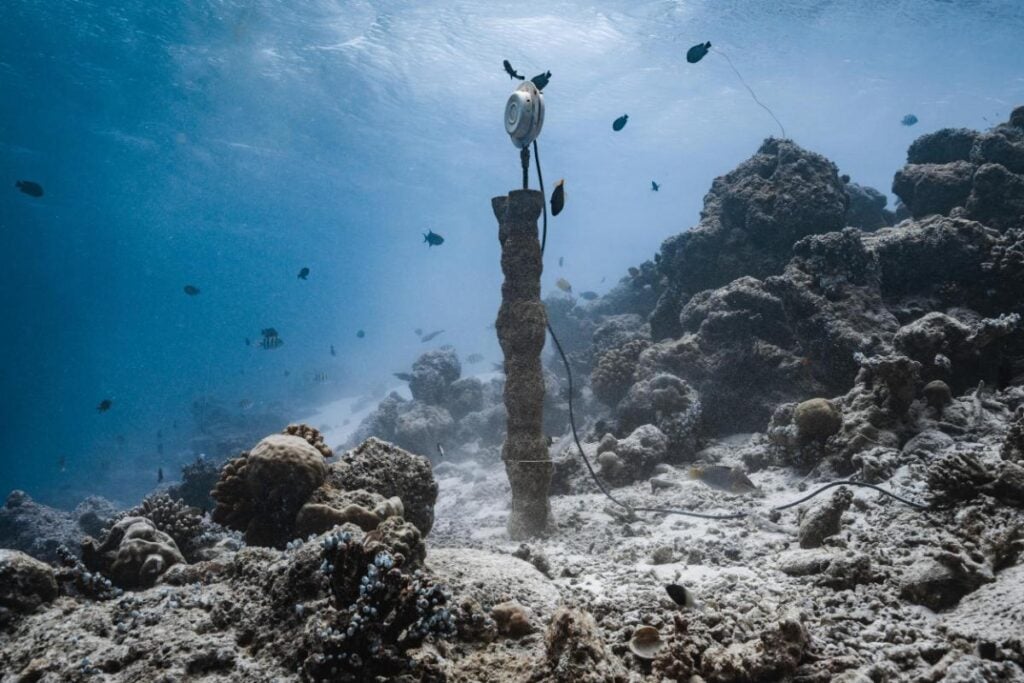
Technical Innovation Meets Environmental Need
The project showcases sophisticated engineering solutions. The solar buoy system must generate sufficient power for continuous underwater audio playback while remaining stable in ocean conditions. Technical partners include WASP for 3D printing capabilities, Electro-voice for audio equipment, and MORE Lab at Politecnico di Torino for buoy optimization.
Material selection reflects both environmental compatibility and durability requirements. The ceramic and calcium carbonate composition accelerates natural encrustation processes that help integrate sculptures into reef ecosystems. Surface textures at millimeter scale provide optimal settlement sites for coral polyps and other marine organisms.
Sound system design considers underwater acoustics and marine life behavior patterns. Researchers collaborate on deploying recordings at the right time of day, syncing with when fish and other creatures would naturally make the sounds being played.
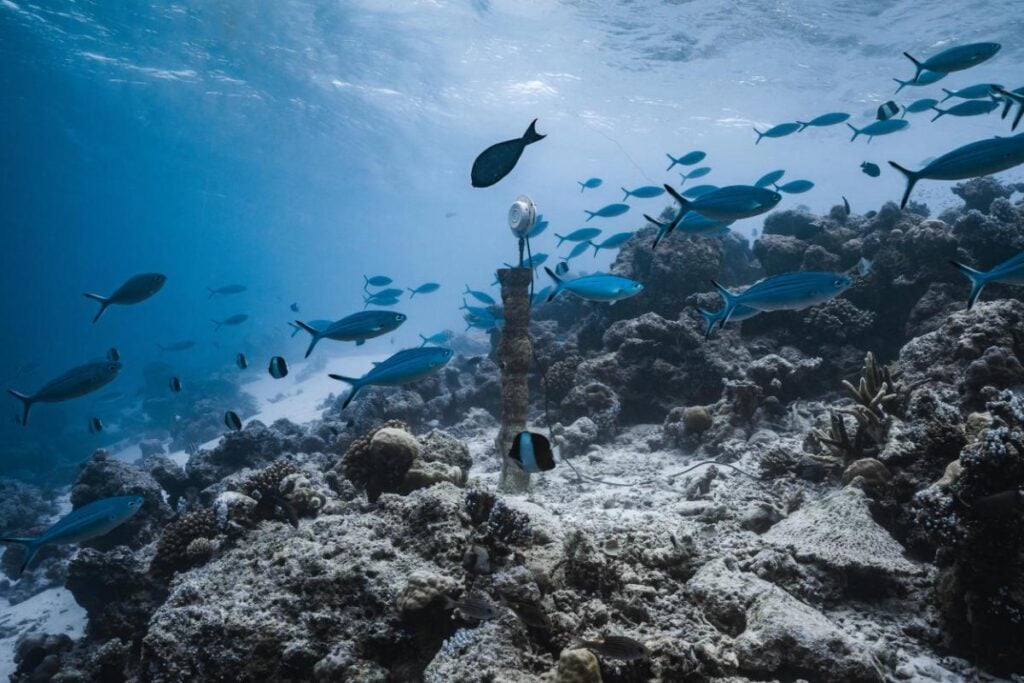
Global Implications and Future Scaling
The Maldives installation represents the first phase of a larger vision. Final deployment of sound sculptures is scheduled for July 2025, with eight test sites—four with sound and four without sound for comparison. Monitoring will continue for four months to assess effectiveness across different species and habitat types.
Research collaborations are expanding globally. Future collaborations are being explored with University of Bicocca in Milano, the Marine Research and Higher Education Center Maldives, the National University of Singapore and Marevivo in Italy. Woods Hole Oceanographic Institution plans similar research in Hawaii focusing on Pacific coral species.
The approach offers advantages over traditional restoration methods. “Replicating an acoustic environment is actually quite easy compared to replicating the reef chemical and microbial cues which also play a role in where corals choose to settle“, explained Amy Apprill, a microbial ecologist at Woods Hole. “It appears to be one of the most scalable tools that can be applied to rebuild reefs“.
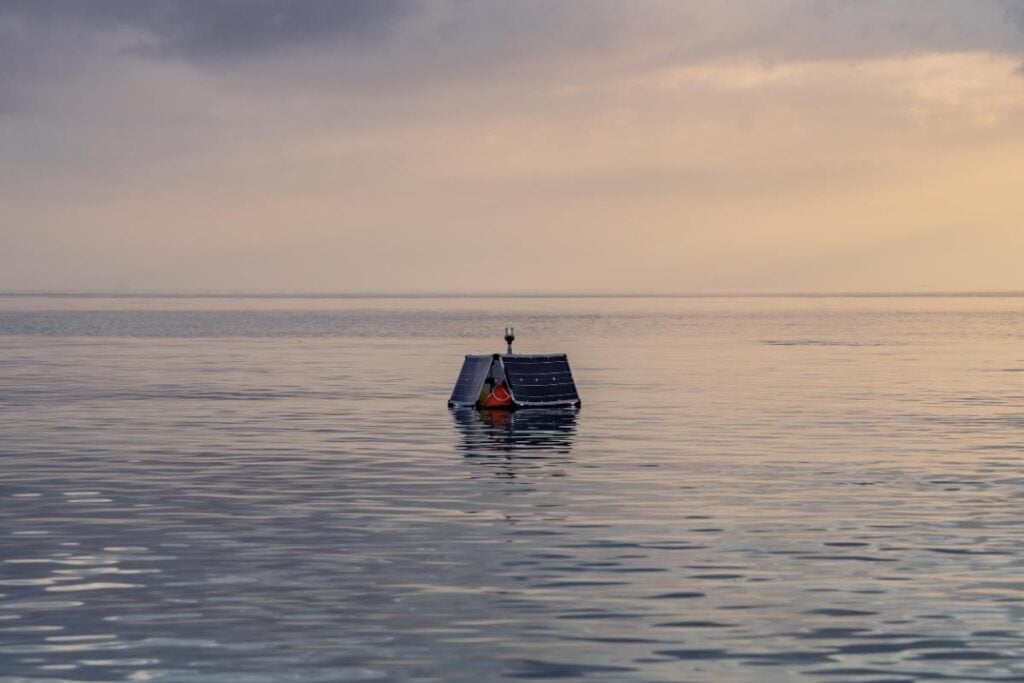
Art Meets Science on Global Stage
Beyond its conservation impact, Coral Sonic Resilience will reach new audiences through planned exhibitions. In 2026, the project will be exhibited at ZKM Karlsruhe, Science Gallery Melbourne, and Art Laboratory Berlin. These installations will present immersive experiences of underwater soundscapes, raising awareness about marine conservation through art.
The project receives funding from multiple sources reflecting its interdisciplinary nature. Funding comes from Relaxound, Senatsverwaltung für Kultur und Gesellschaftlichen Zusammenhalt, and C-TAKT, demonstrating support from both cultural and scientific communities.
Cautious Optimism Amid Climate Crisis
Researchers emphasize that acoustic enrichment alone cannot solve the coral reef crisis. “Sound alone… adding sound back to a reef, that’s not going to fix every problem on that reef. But in order to give corals a fighting chance, we need to have a lot of those tools at our disposal”, noted Woods Hole researcher Aoki.
The method works best as part of comprehensive restoration strategies. If combined with active habitat restoration and effective conservation measures, rebuilding fish communities in this manner might accelerate ecosystem recovery at multiple spatial and temporal scales.
Climate change remains the fundamental threat requiring global action. “If we don’t address these wider problems, conditions for reefs will get more and more hostile, and eventually restoration will become impossible“, warned Dr. Lamont. However, innovative approaches like acoustic enrichment buy time and provide hope for reef recovery in a changing ocean.

The collaboration between sustainable technology initiatives and marine scientists represents a new paradigm for environmental conservation—one where artistic vision amplifies scientific research and community engagement drives meaningful change. As the sculptures continue broadcasting their life-giving sounds beneath the waves of the Maldives, they demonstrate how human creativity and scientific rigor can work together to restore damaged ecosystems.
Whether acoustic enrichment can scale to address the global coral crisis remains to be seen. But in the waters around Feridhoo Island, the sounds of healthy reefs are returning, bringing new life to silent underwater landscapes and offering a glimpse of what restoration might achieve when art, science, and community unite for ocean conservation.
